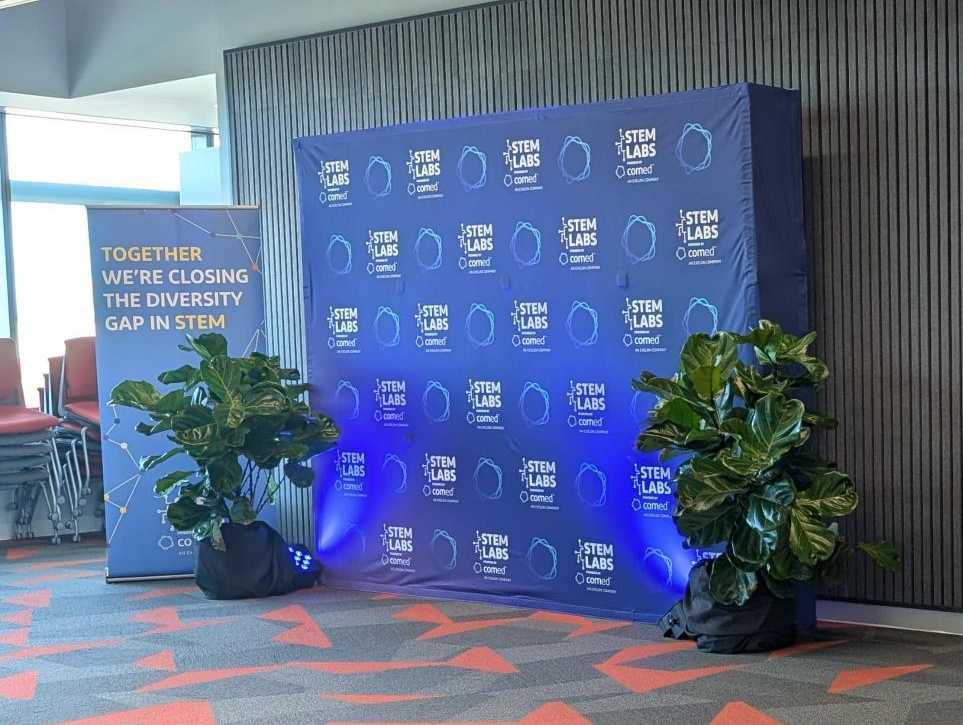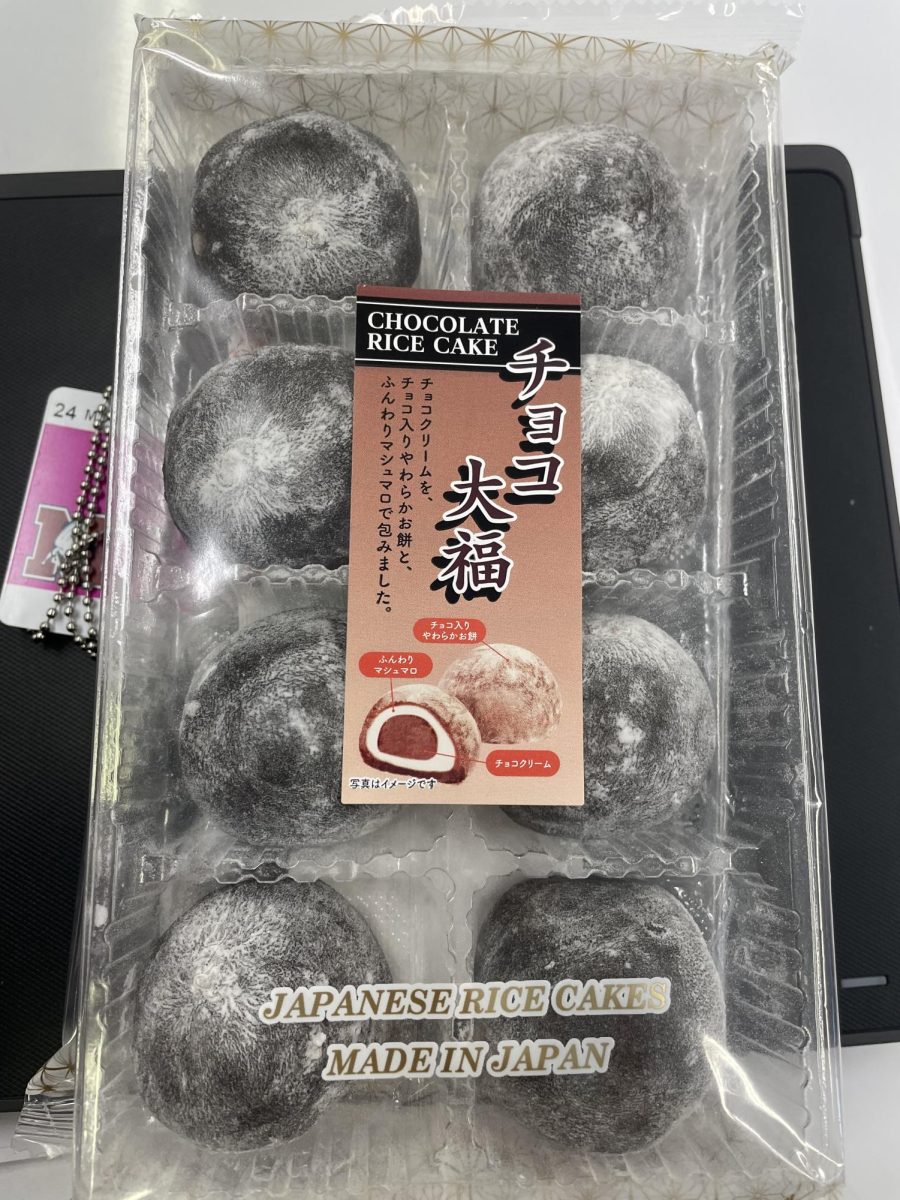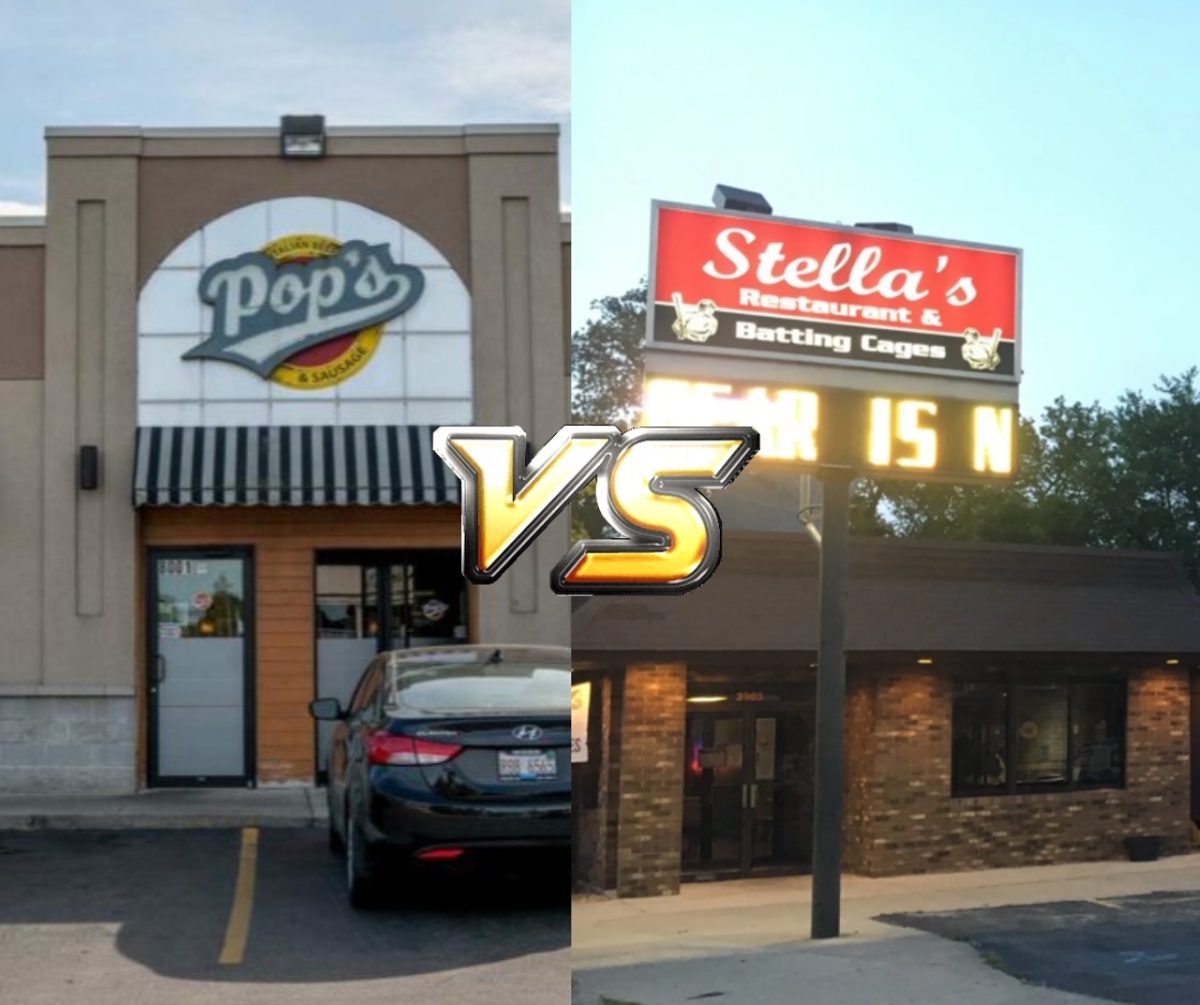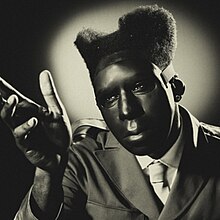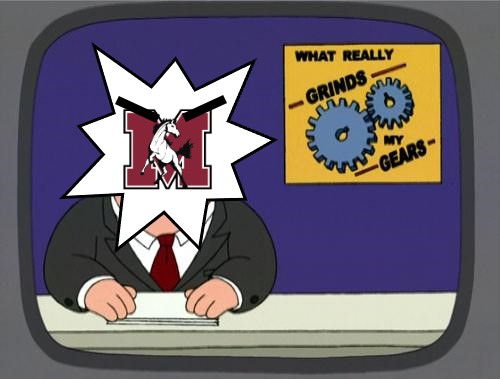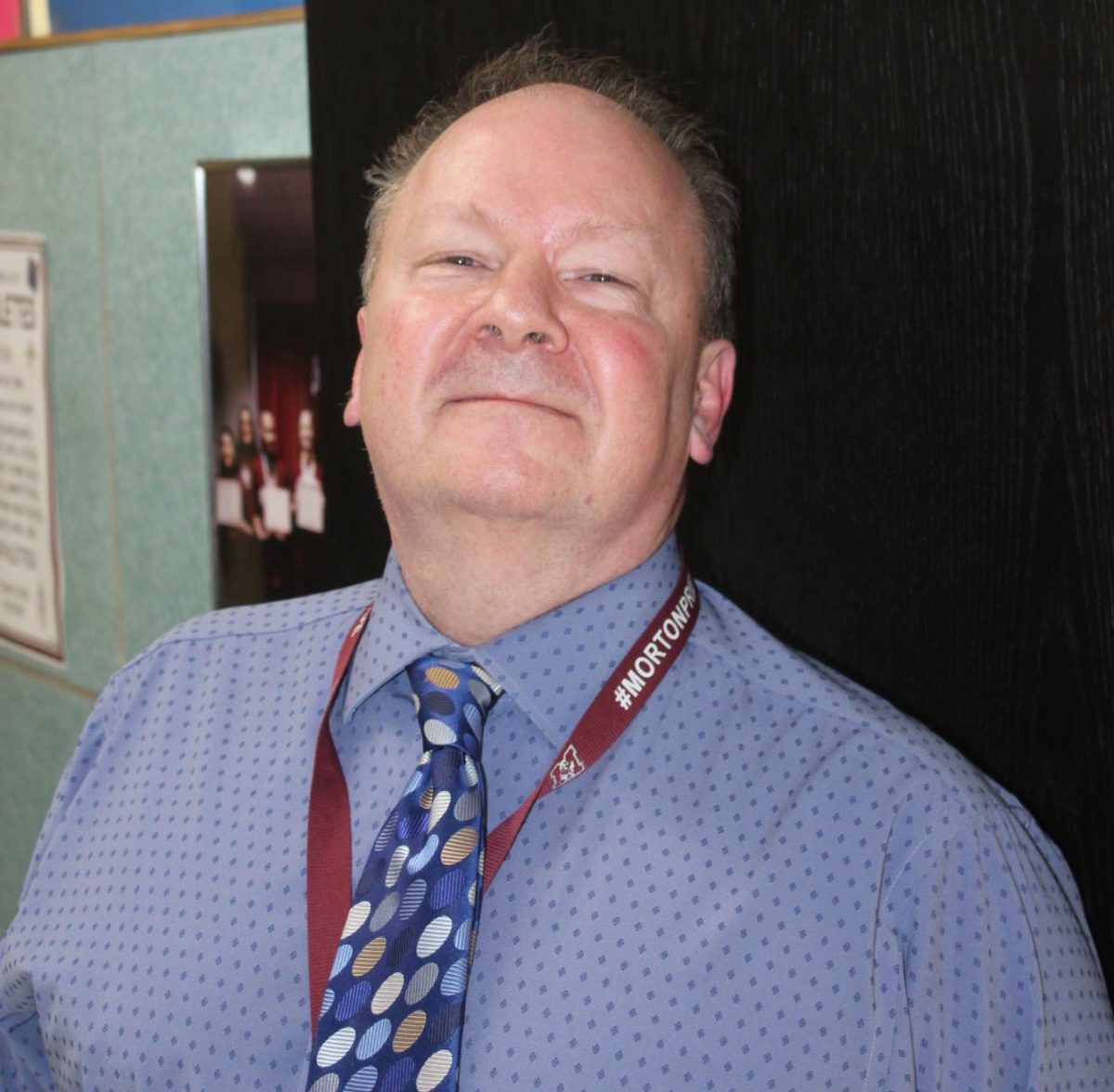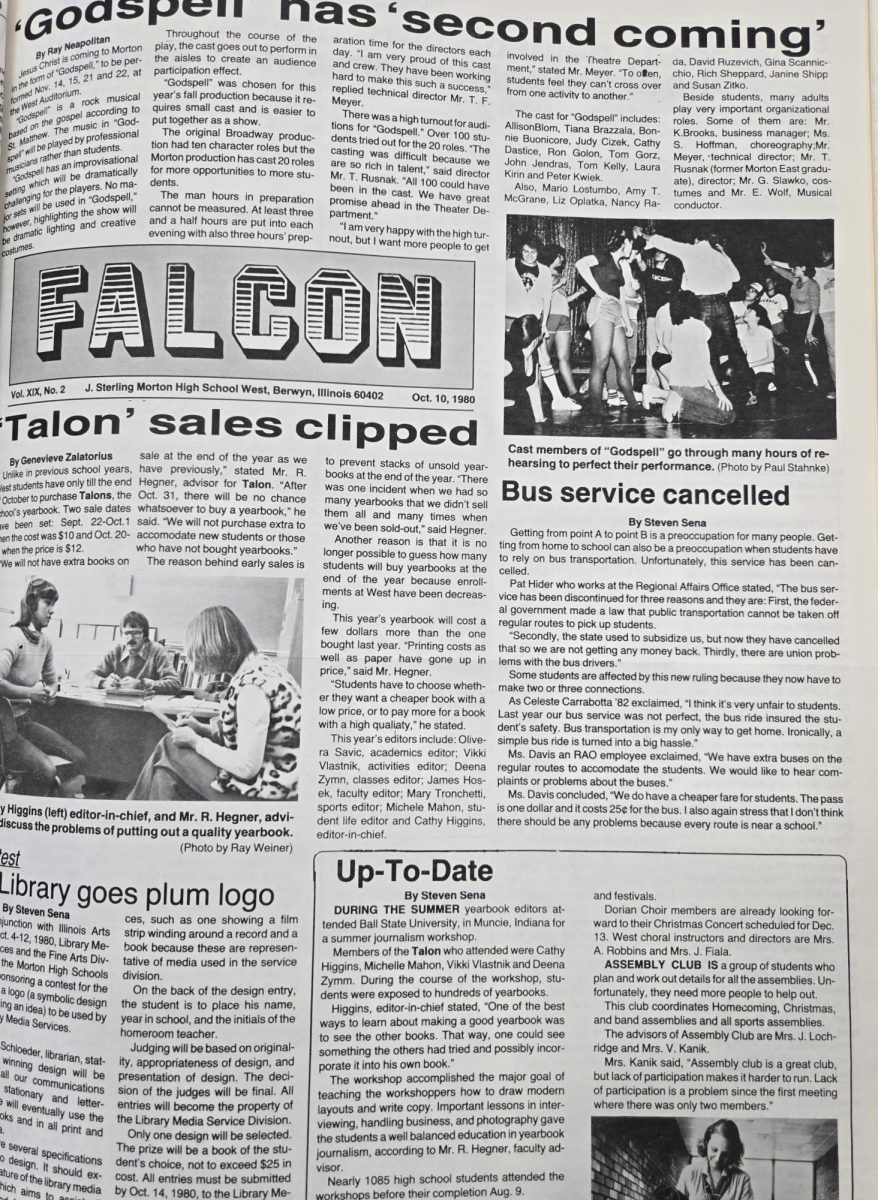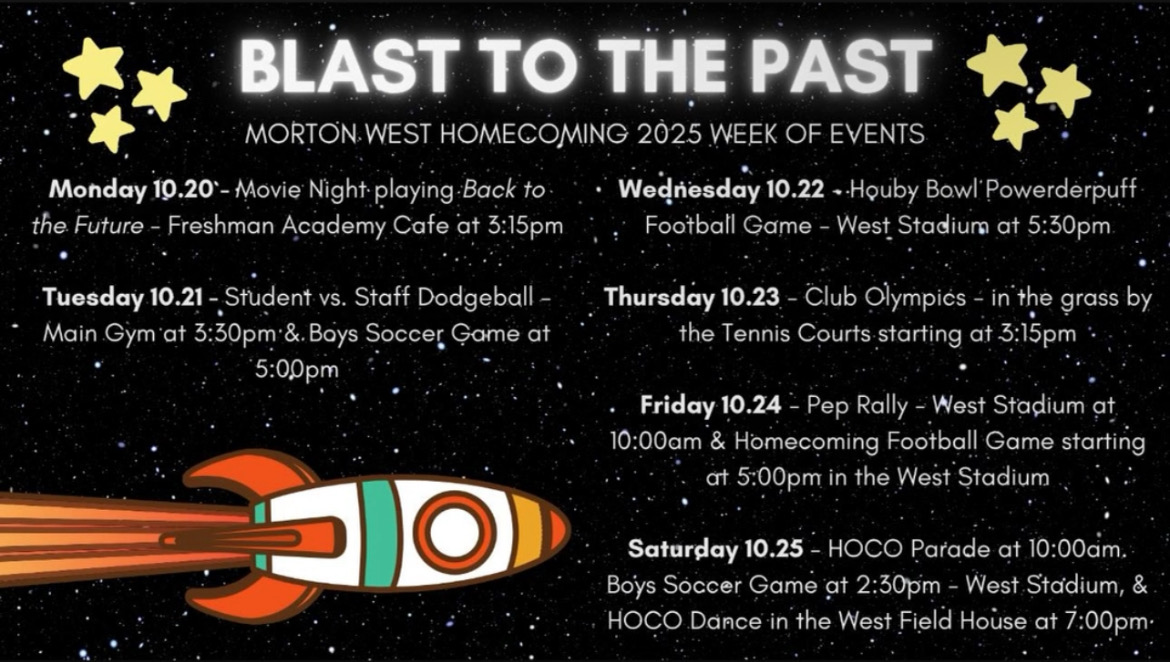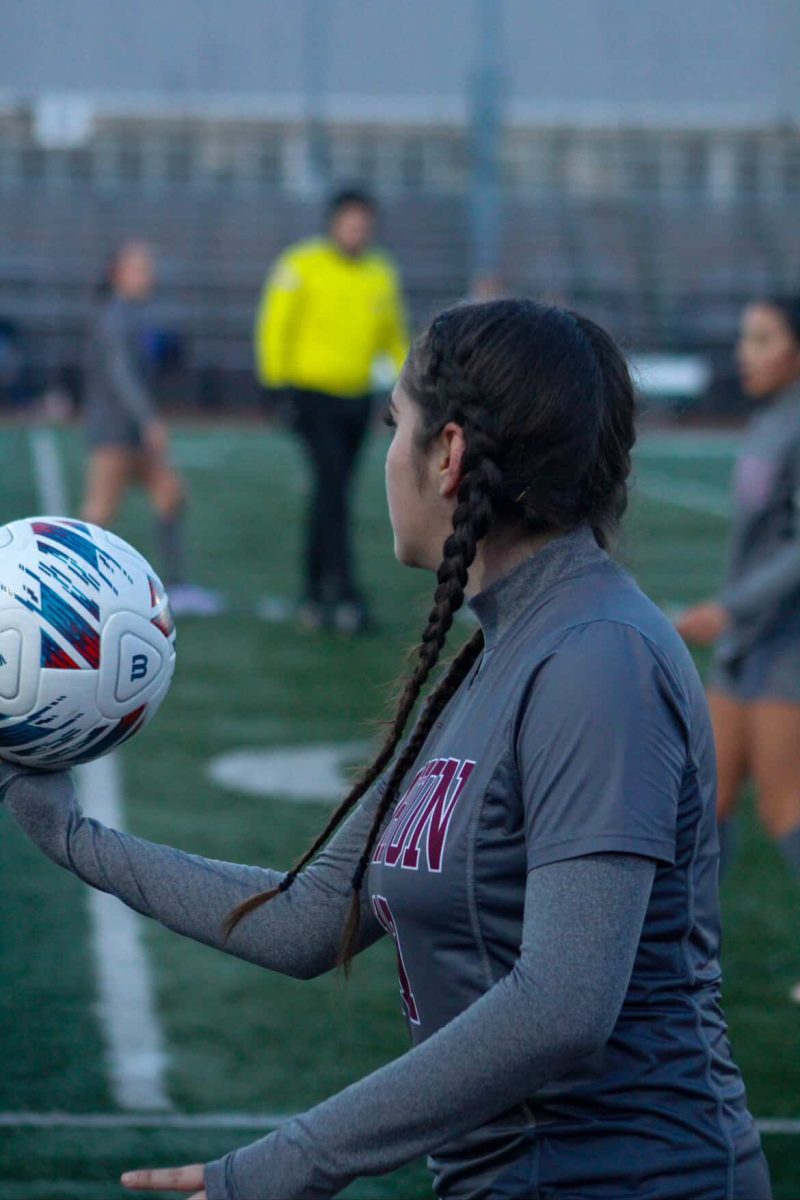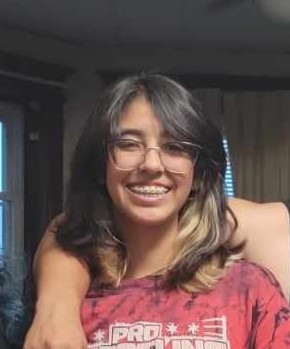On October 11, ComEd hosted its annual STEM Labs program in recognition of Hispanic Heritage Month at its North Office in Chicago. The one-day program aimed to address the underrepresentation of Latinos and other minority groups in science, technology, engineering, and math (STEM) careers by empowering students to engage in STEM learning and explore future career pathways. According to the National Science Foundation, Hispanic workers account for 15% of STEM professionals, 9% are Black, and only 10% are Asian. Meanwhile, White workers predominantly make up 63% of STEM workers.
This program gave students from various schools, located in the Chicago Metropolitan area, opportunities to explore STEM through a variety of activities. Activities included interactive workshops, an educational session on solar energy, information about scholarship opportunities, and a seminar by guest speaker, ComEd’s Chief Operating Officer, David Perez.
As students sat down at the tables, they were met with an organized work station that included a Blink circuit board, solar USB charger kit, soldering iron, pliers, and other tools needed to assemble the projects. Each table allowed for the students to make groups of four that included a ComEd mentor. The mentor led the group by answering questions and guiding the students through activities. At the end of the day, each participant received a $250 scholarship to encourage them to continue their STEM education.
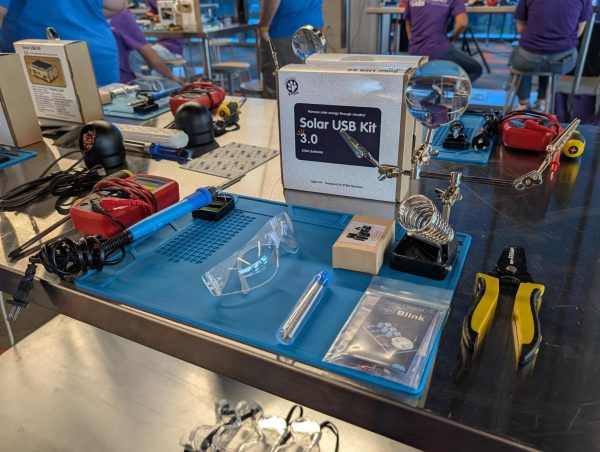
David Perez opened the program with a seminar describing his experiences as an immigrant from Mexico and his pathway into STEM. He shared his difficulty of navigating cultural shock and obtaining a job during the summer. At the end of his speech, he expressed his intention to impart lessons he learned from these challenges, such as self-advocacy and determination, to the students attending the event.
The program continued with the director outlining the day’s agenda and delivering a brief lesson on solar energy and soldering. Solar energy is the act of converting the Sun’s energy into electricity. Solar energy is created when photons, smalls parts of the Sun’s energy, hit a solar panel’s photovoltaic cells. Photons knock electrons loose from atoms creating a direct current, a type of electric current. The direct current then flows through wiring to an inverter which converts it to alternating current electricity which is used to power appliances.
Following this, participants applied their newfound knowledge by assembling a circuit board, which gave them a valuable introduction to hands-on soldering.
After completing the circuit board activity, participants enjoyed a lunch featuring traditional Latin American cuisine. Lunch time fostered the opportunity to build community and discussion among mentors and students, with STEM-themed icebreaker cards sparking conversation.
After lunch, participants expanded their experience in hands-on engineering by building a portable, solar-powered phone charger by soldering electrical components and assembling a wooden enclosure.
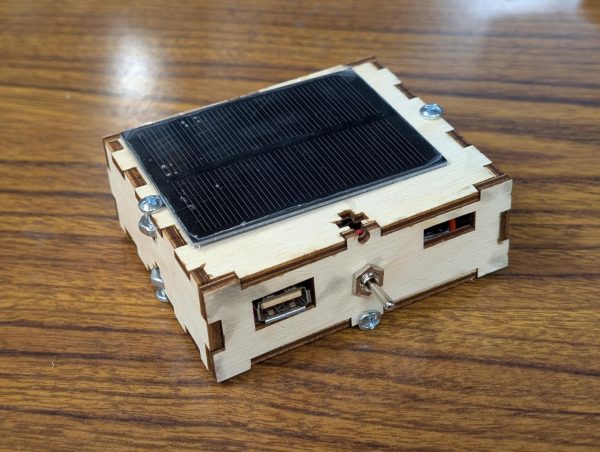
At the end of the day, a mentor of the event announced a scholarship opportunity: ComEd Future of Energy Scholarship. The scholarship provides $10,000 in funding for young adults who want to pursue STEM education or a STEM-associated career. This scholarship is more than financial support; it acts as a first step for positive change within the community. A hopeful outcome of providing this scholarship is the increased visibility of successful minority individuals in STEM fields, which encourages younger generations to pursue similar paths and helps bridge the diversity gap. According to Pew Research Center, 80% of Hispanic adults say that young Hispanic students would be more likely to pursue a STEM degree if they had more representation of Hispanic role models in STEM.
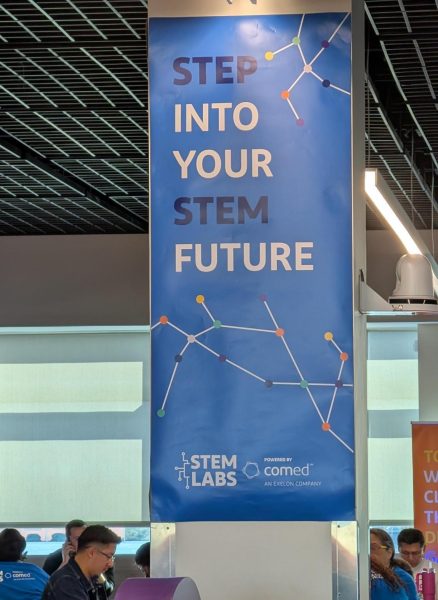
Sarah Fawzi, a freshman at Kindi Academy, shared that the program inspired her to be more interested in STEM. “I always thought of engineering and to be boring, like not up my alley, but this [program] really changed my perspective, and my view over it, and I’m interested in it.”
She continued to express that she is more open to the possibility of studying biomedical engineering because she participated in the program.
Atziri Badillo, a senior at Wheeling High School, shared that she viewed the program as an opportunity to gain experience in STEM. She heavily encourages other students to participate in similar events.
“I saw it as an opportunity to gain more experience outside of school. This STEM program was really an opportunity for all Hispanics to take. I think it’s something everyone should consider taking to gain not just experience but knowledge.”
She also shared her plans of continuing her STEM education after graduating. “I plan to apply to DePaul for 2 years, then transfer from there to a technology school. And then I want to major in space engineering.”
In summary, the event provided not only STEM learning opportunities but it also celebrated cultural heritage, community engagement and the potential for increased diversity within STEM fields.



